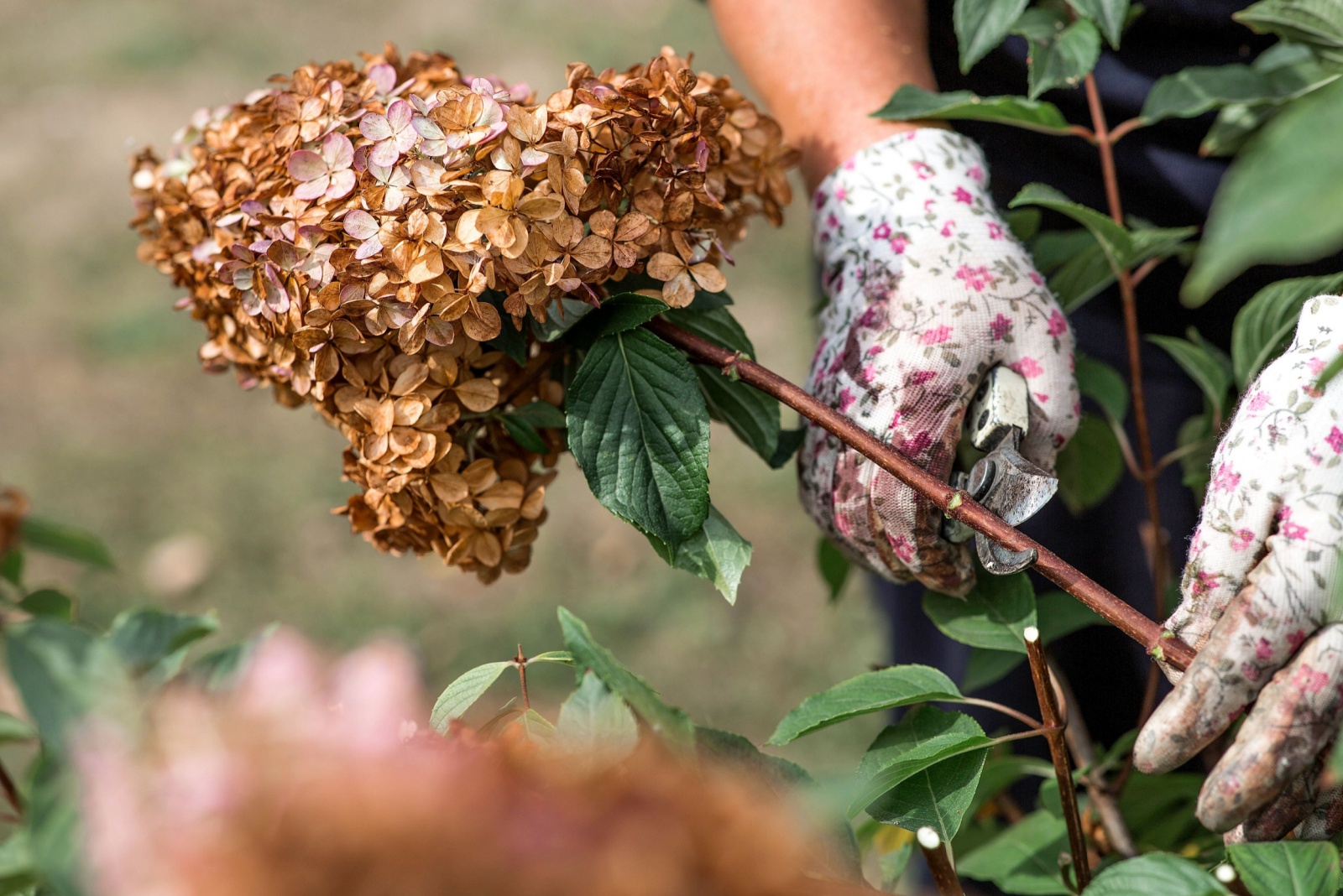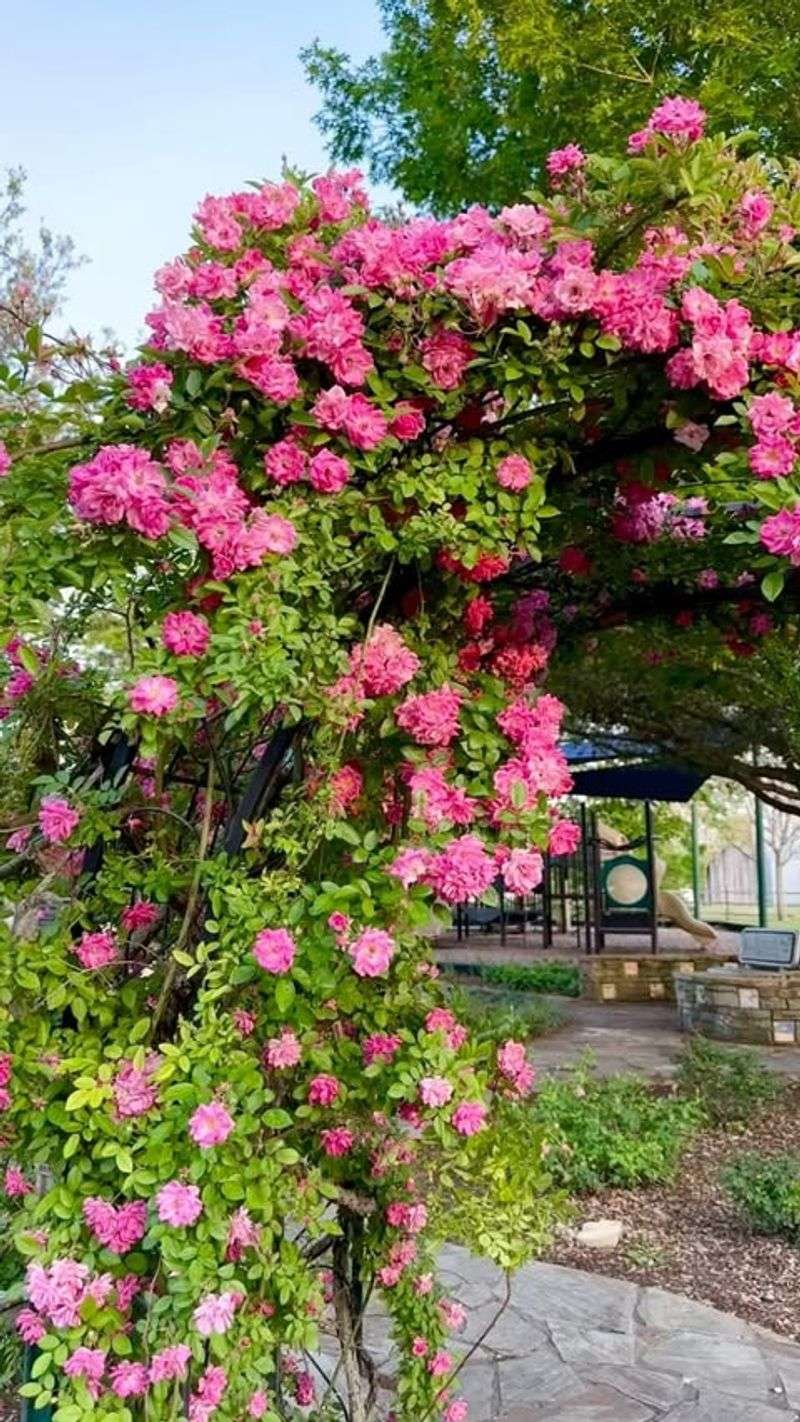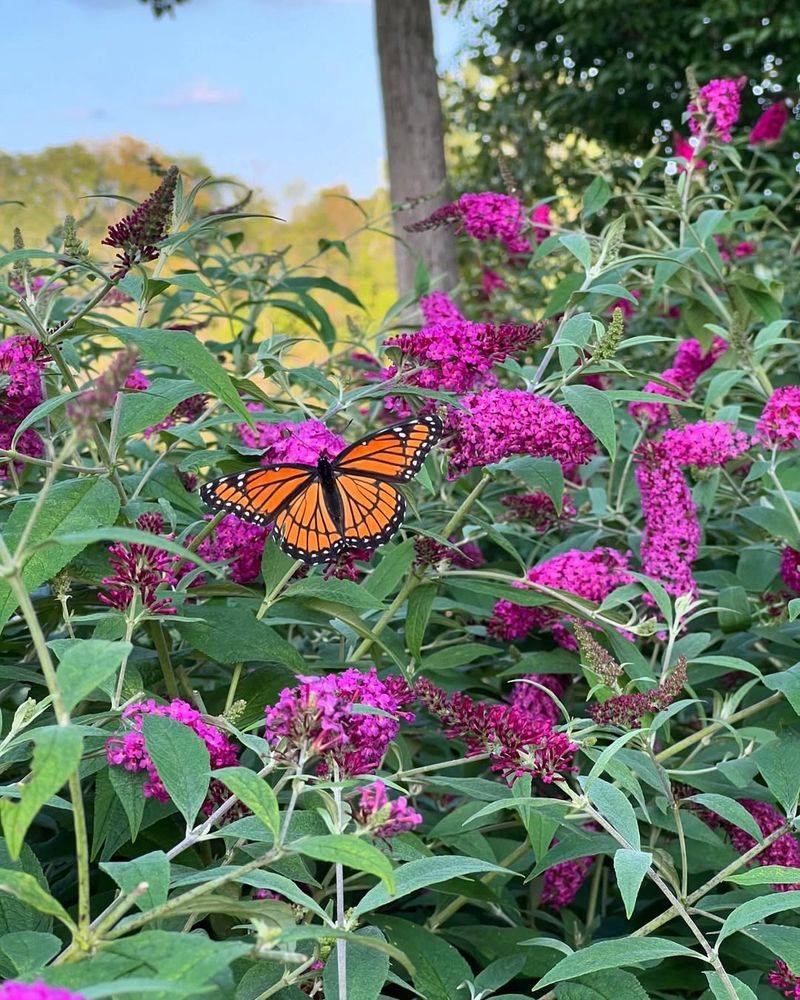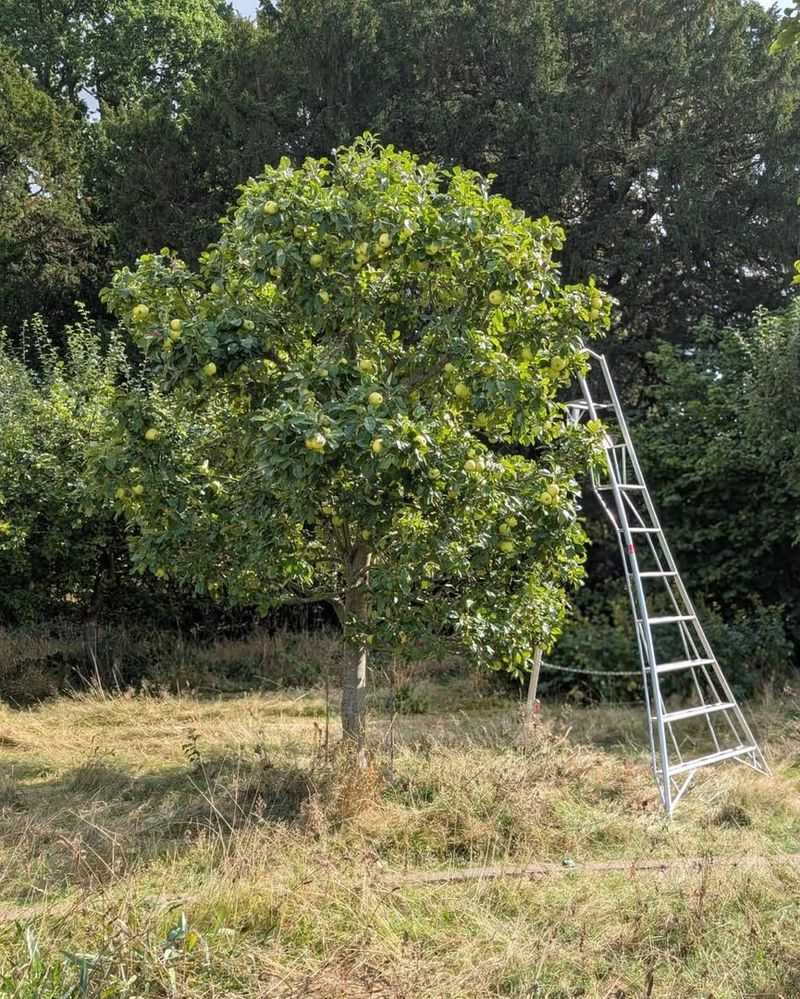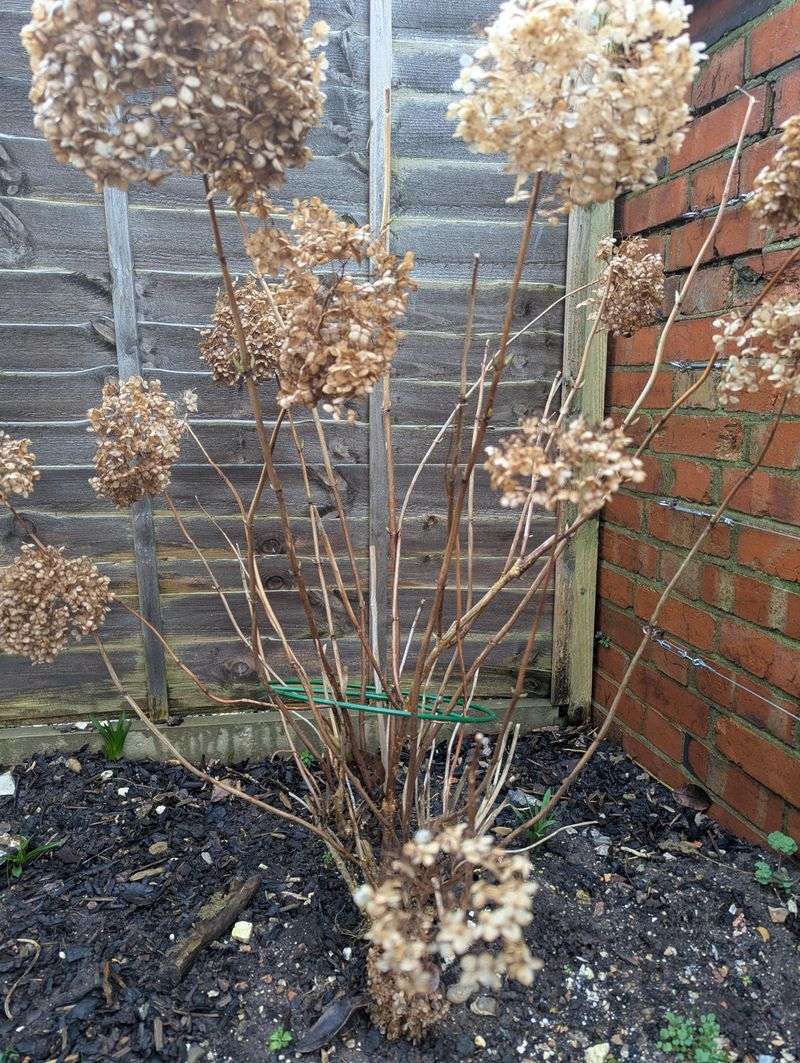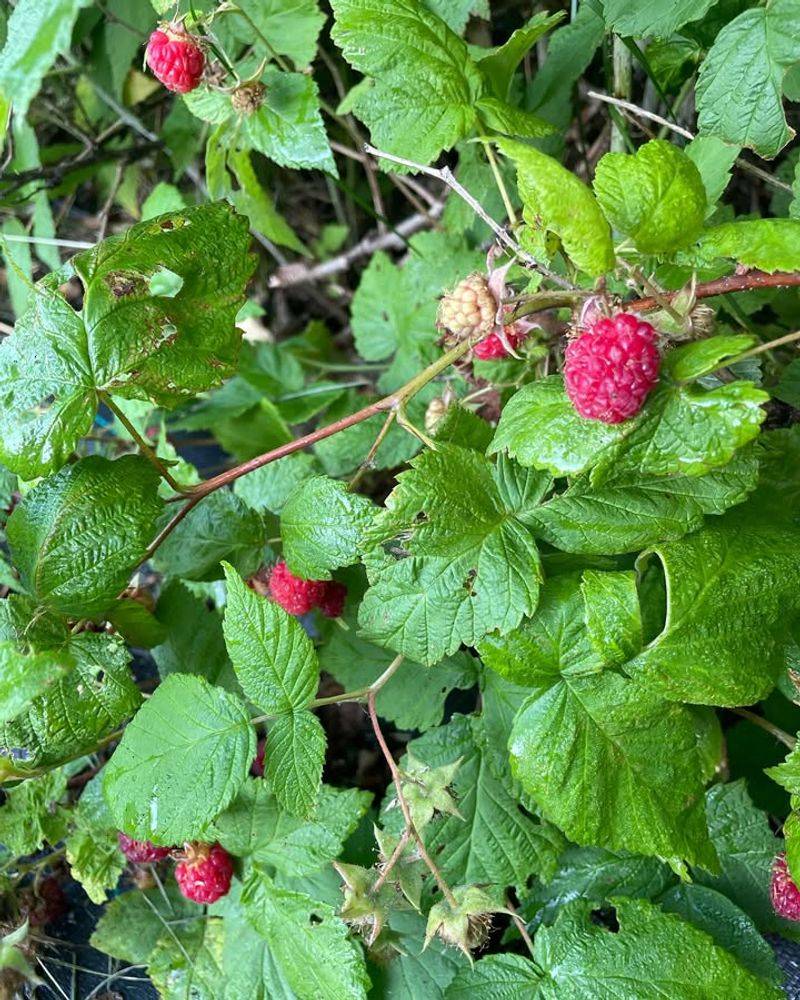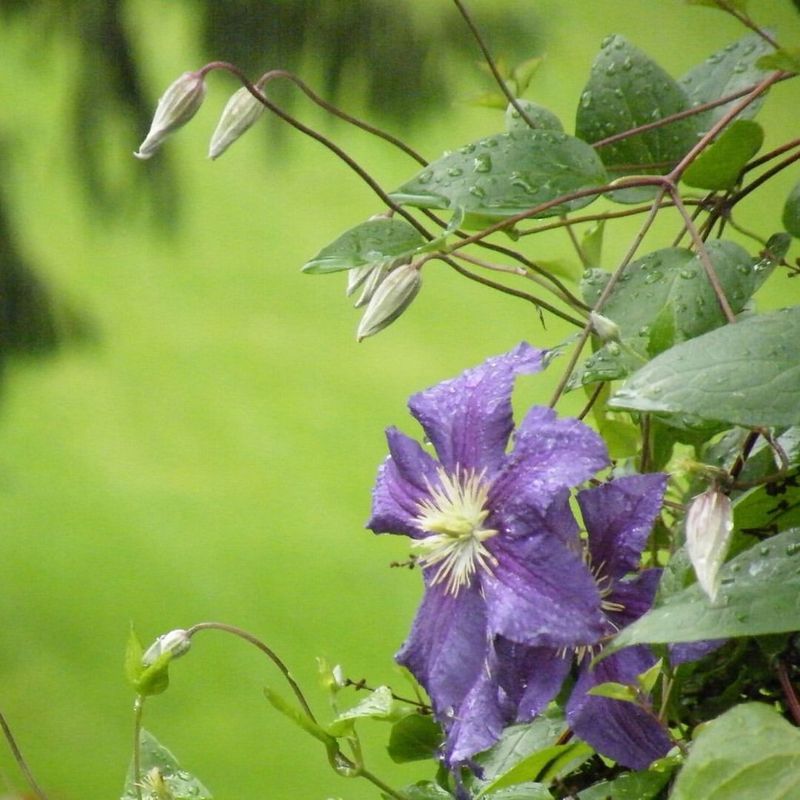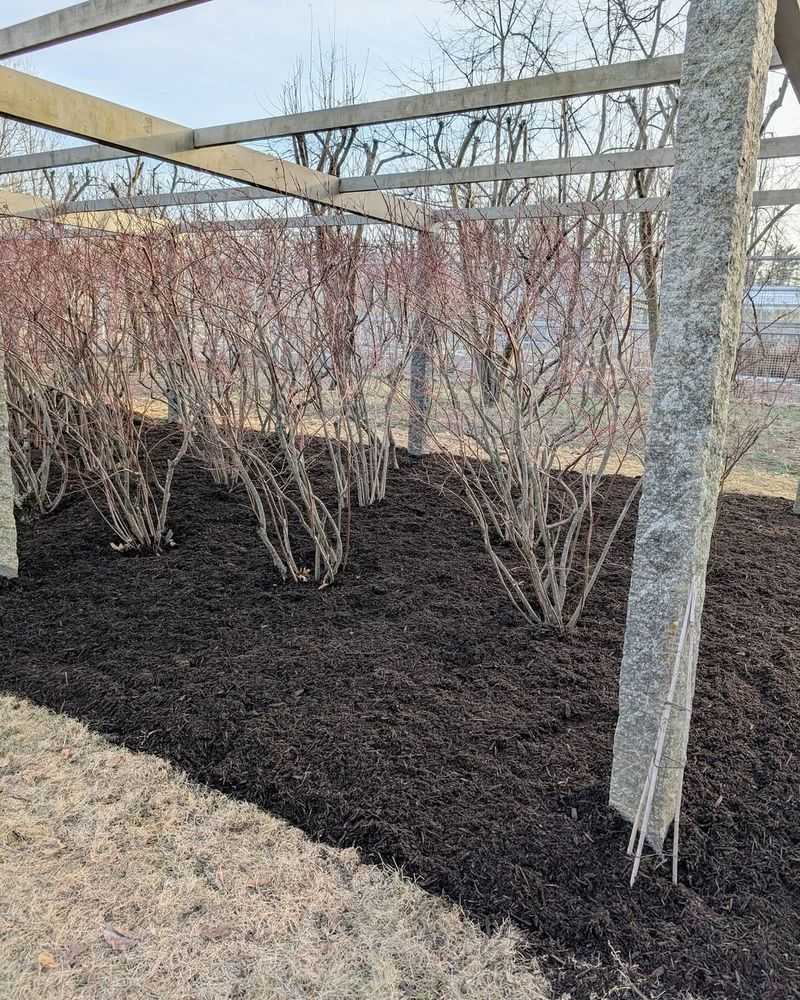November in West Virginia brings cooler temperatures and the perfect opportunity to prepare your garden for winter. Pruning certain plants during this time helps them stay healthy, encourages better growth come spring, and prevents disease from taking hold.
Many gardeners overlook this crucial fall task, but spending a little time now can make a big difference in your landscape’s health and beauty next year.
1. Climbing Roses
Late autumn marks the ideal window for trimming back those climbing rose canes that have grown wild throughout the summer months. Removing dead or diseased wood now protects the plant from harsh winter conditions that West Virginia often experiences.
Focus on cutting back overgrown stems to maintain shape and promote air circulation. This prevents fungal issues that thrive in damp, crowded conditions.
Leave the healthiest canes intact, and don’t worry about being too aggressive—roses are remarkably resilient and will reward your efforts with spectacular blooms when warm weather returns.
2. Butterfly Bush
Butterfly bushes benefit tremendously from a good November trim, especially after they’ve finished blooming and begun dropping leaves. Cutting them back to about 12 inches from the ground might seem drastic, but it encourages vigorous new growth.
West Virginia winters can be unpredictable, and this hard pruning helps the plant conserve energy rather than supporting old, unproductive branches. The shrub will bounce back stronger and bushier in spring.
Many gardeners in the region swear by this method for keeping their butterfly bushes compact and full of flowers that attract pollinators all summer long.
3. Fruit Trees
Apple, peach, and pear trees all appreciate attention before winter settles in across the Mountain State. November pruning removes damaged limbs and opens up the canopy, allowing better sunlight penetration for next season’s fruit production.
Start by eliminating any branches that cross or rub against each other, as these create wounds where pests and disease can enter. West Virginia’s humidity makes proper air flow essential.
Avoid heavy pruning on stone fruits like cherries right now—wait until late winter instead. But pome fruits handle November trimming beautifully and will thank you with healthier harvests.
4. Hydrangeas
Not all hydrangea varieties need November pruning, but certain types absolutely thrive with a little fall attention. Smooth hydrangeas and panicle types can handle being cut back now without sacrificing next year’s flowers.
However, if you’re growing bigleaf or oakleaf hydrangeas common throughout West Virginia gardens, hold off—they bloom on old wood and need their buds protected through winter.
When in doubt, simply remove dead stems and faded flower heads for tidiness. This keeps your landscape looking neat while protecting the plant’s ability to produce those gorgeous summer blooms everyone loves.
5. Grapevines
Grapevines grown across West Virginia backyards and small vineyards require careful pruning to produce quality fruit. November offers the perfect timing once leaves have dropped and the vine has entered dormancy.
Remove about 90 percent of the previous season’s growth, keeping only the strongest canes with healthy buds. This sounds extreme, but grapes fruit on new wood that grows from one-year-old canes.
Proper pruning concentrates the plant’s energy into fewer, more productive shoots. Your reward comes next autumn when clusters hang heavy with sweet, juice-filled grapes perfect for eating fresh or making preserves.
6. Raspberry Canes
Raspberry patches need annual maintenance to stay productive, and November provides the ideal opportunity in West Virginia’s climate. Summer-bearing varieties should have their fruited canes removed completely since they won’t produce again.
Cut these brown, woody canes right down to soil level, leaving the green first-year canes that will bear fruit next summer. This prevents overcrowding and reduces hiding spots for pests over winter.
Fall-bearing raspberries can be handled differently—some gardeners mow the entire patch down for easier management. Either way, cleaning up now means sweeter, more abundant berries when harvest time rolls around again.
7. Clematis Vines
Clematis can confuse gardeners because different varieties have different pruning needs, but November works well for late-flowering types common in West Virginia landscapes. Group 3 clematis bloom on new growth and benefit from being cut back hard.
Trim these varieties down to about 12 inches above ground level, just above a pair of healthy buds. This encourages strong new stems that will be covered in flowers next summer.
If you’re unsure which type you have, watch when it blooms—late summer flowers mean you can safely prune now. Early bloomers should wait until after they flower in spring.
8. Blueberry Bushes
Blueberry bushes planted throughout West Virginia gardens produce better fruit when given proper November attention. Mature plants benefit from removing old, unproductive wood that’s more than six years old—these branches look gray and gnarled.
Focus on opening up the center of the bush to improve air circulation and light penetration. This reduces disease pressure and helps berries ripen more evenly.
Young bushes need minimal pruning, just enough to shape them and remove any damaged growth. Established plants reward careful thinning with larger, sweeter berries that make the effort worthwhile every single harvest season.
9. Wisteria
Wisteria’s aggressive growth habit requires twice-yearly pruning to keep it under control and encourage those stunning spring flower displays. November pruning in West Virginia focuses on cutting back the long, whip-like shoots that grew during summer.
Trim these shoots back to about five or six buds from the main framework. This channels energy into flower bud development rather than endless vegetative growth.
Without regular pruning, wisteria becomes a tangled monster that produces more leaves than blooms. A little discipline now means you’ll enjoy those breathtaking cascades of fragrant purple flowers that make this vine so beloved in Southern gardens.

